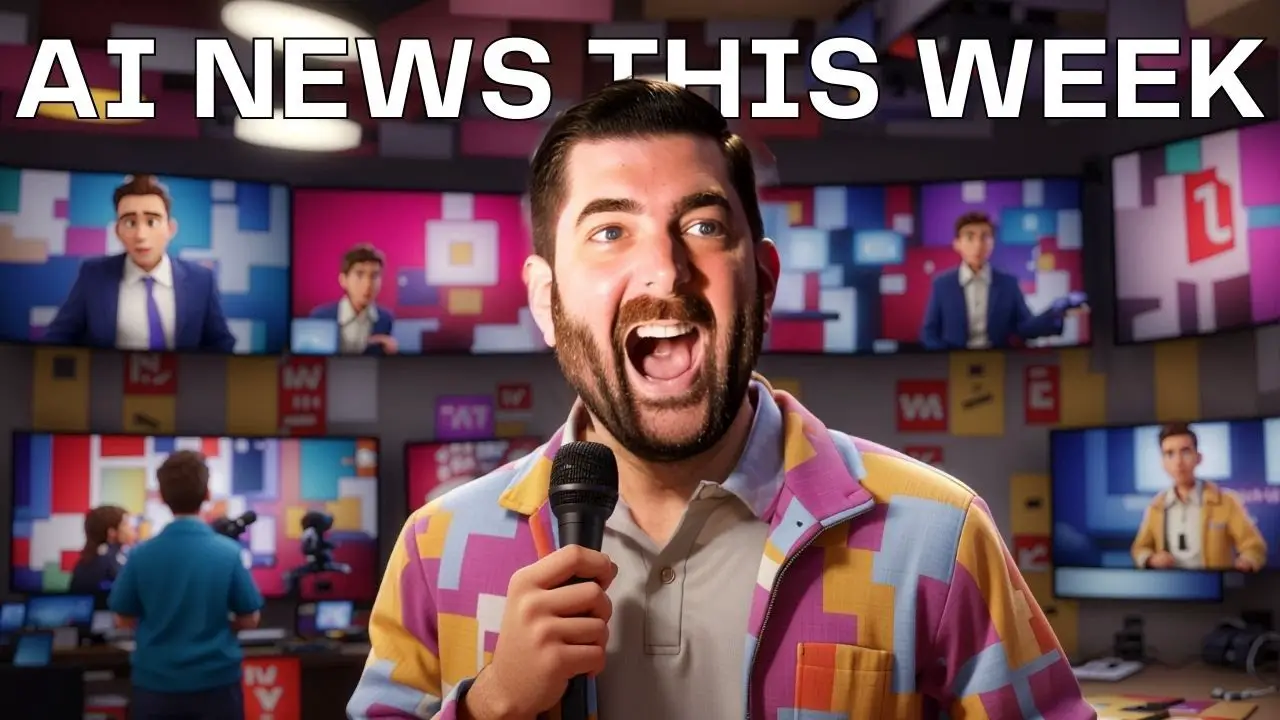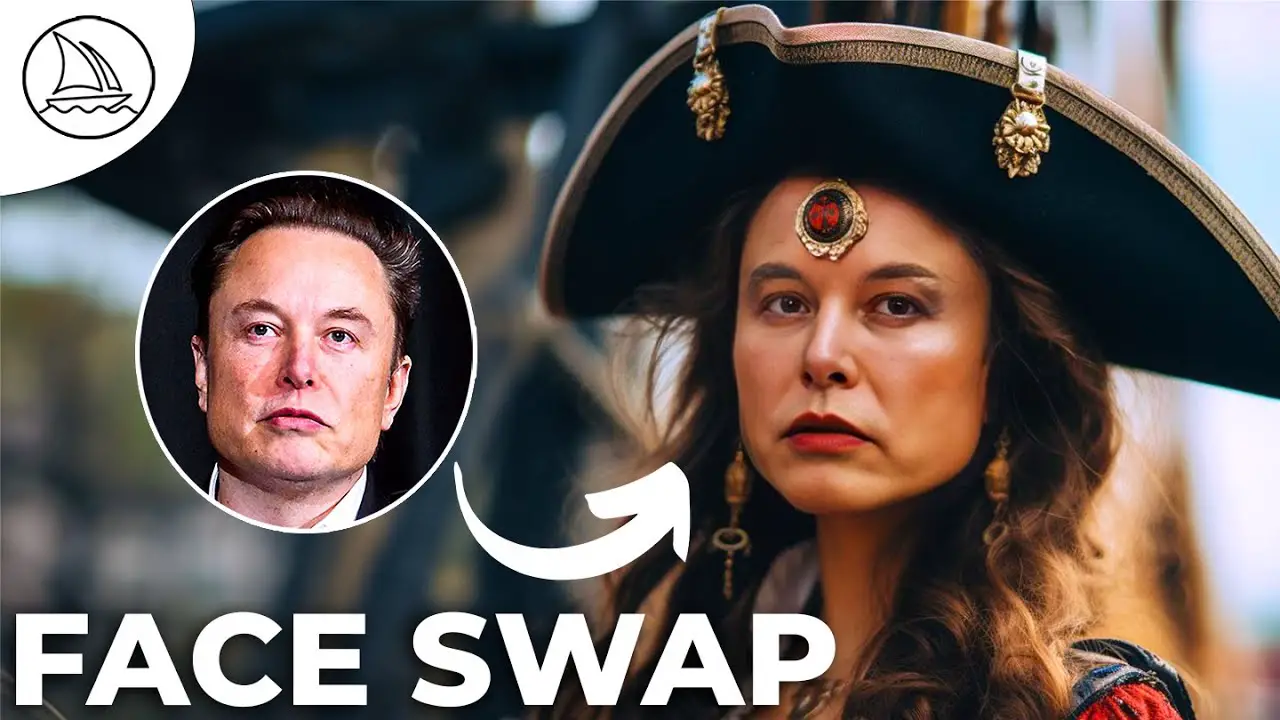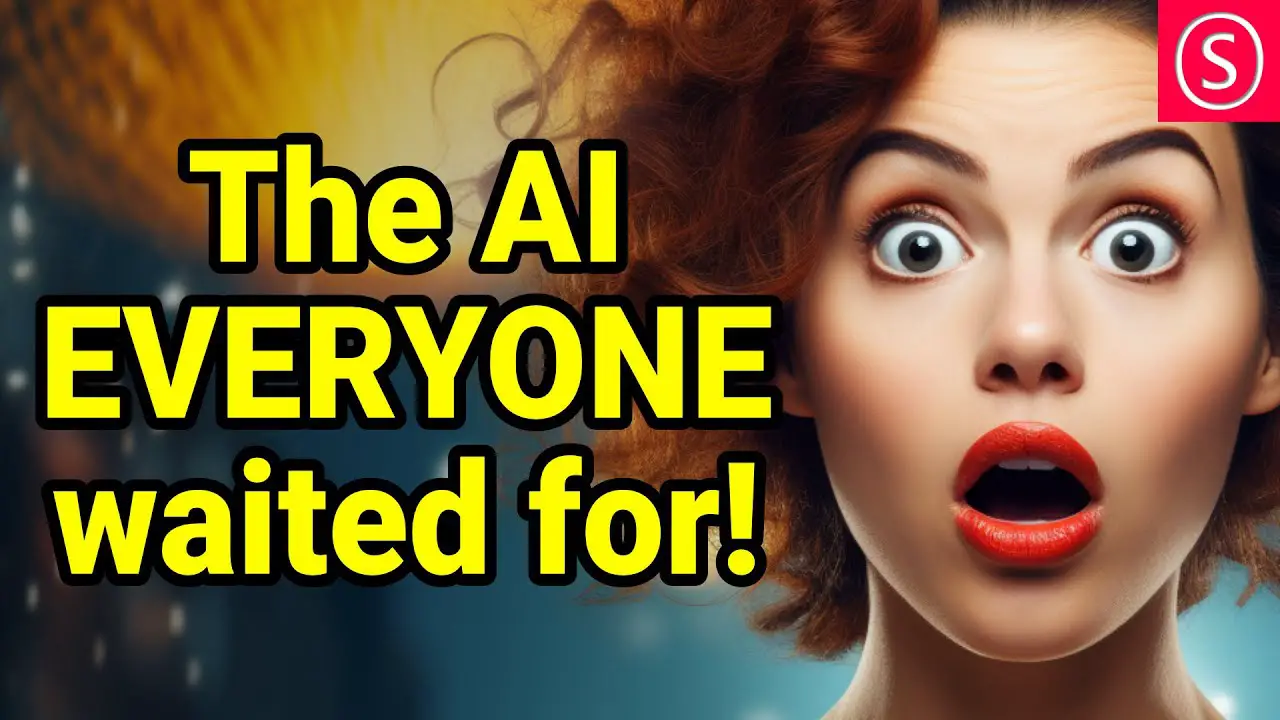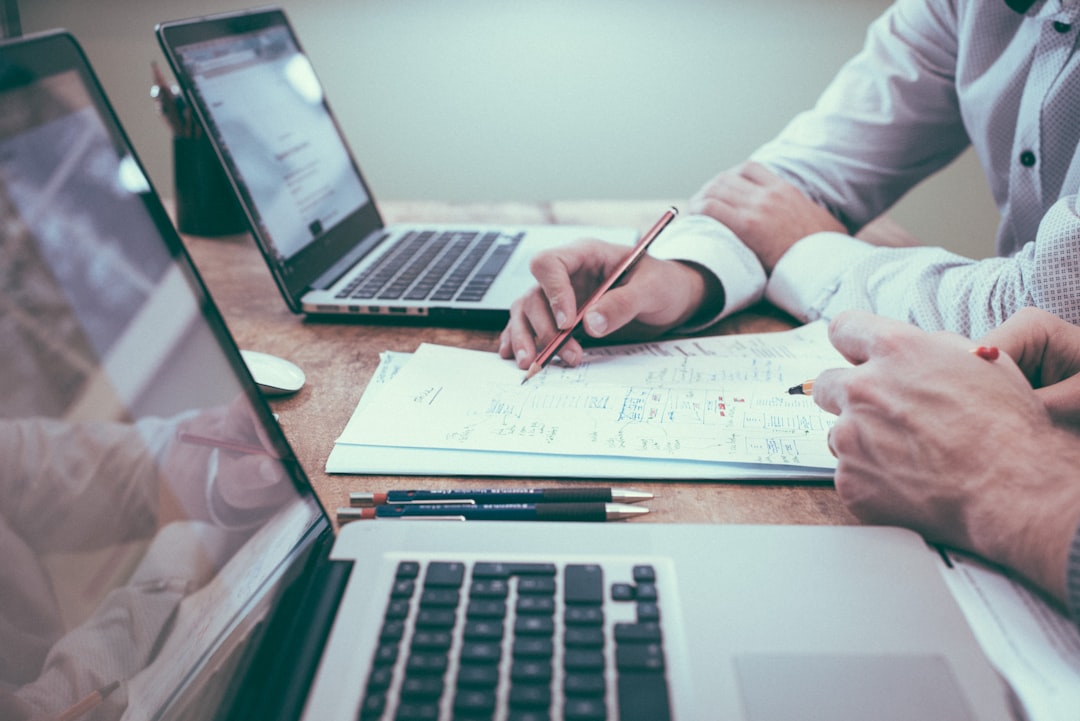Guide to Creating Art with Generative AI using Python
August 17th, 2023

Guide to Creating Art with Generative AI using Python
Creating Art with Generative AI using Python: A Step-by-Step Guide
In recent years, the art world has seen an explosion of works created by artificial intelligence. This fusion of technology and creative expression is breaking boundaries and redefining what it means to be an artist. At the forefront of this avant-garde movement is Generative AI – an advanced technology that uses algorithms to produce unique, original artworks.
Python, known for its simplicity and versatility, has become a popular choice for artists and programmers dabbling in AI-generated art. However, coding an AI to create art can seem daunting for those just starting out.
With more than 8.2 million developers using Python worldwide, there's no shortage of interest in learning how to use this powerful programming language in conjunction with AI to produce stunning pieces of art. But, where does one start?
Did you know? A piece of art created by a generative adversarial network (GAN), a specific type of generative AI, was sold at Christie’s auction house for an astounding $432,500 in 2018. This marked the first-ever sale by a major auction house of a work of art produced by artificial intelligence. The potential of this technology is enormous.
Understanding Generative AI and its Application in Art
Generative AI, a subfield of artificial intelligence, has been making waves in various industries, and the world of art is no exception. This innovative technology uses algorithms to produce creative output, such as images, music, or even text, that can mimic or even enhance human creativity.
In the realm of art, Generative AI opens up a whole new avenue for artistic expression. It allows for the creation of unique and intricate designs that could be challenging, time-consuming, or outright impossible for humans to generate manually. By inputting basic parameters, artists can leverage these AI systems to create stunning visual pieces in a fraction of the time it would normally take.
The application of AI in art also extends beyond just generating standalone pieces. It can be used to study and replicate specific styles, enabling artists to recreate the work of past masters or experiment with entirely new aesthetics. Moreover, because the AI continues to learn and evolve, each piece it generates is truly one-of-a-kind.
However, developing such an AI system requires a solid understanding of both the technical aspects of AI and the artistic process. The following sections delve deeper into how you can use Python, a popular programming language for AI, to develop your own generative art system.
Prerequisites for Using Python to Create Art with Generative AI
Before delving into the Python code for creating art with generative AI, it's crucial to ensure that you have all the necessary prerequisites in place. This includes having a basic understanding of Python programming language, knowledge about specific AI libraries, and setting up an appropriate development environment.
Understanding Python: Python is one of the most widely used languages in the field of AI and machine learning due to its simplicity, readability, and vast array of libraries. If you're new to Python, there are numerous online resources to get you started. You should be comfortable with general programming concepts such as loops, functions, and classes.
Knowledge of AI Libraries: There are several libraries in Python that are extensively used in AI and machine learning projects. TensorFlow and Keras are some of the popular ones that are highly recommended for working with generative AI. These libraries provide the necessary tools to build and train your AI models. Going through their documentation or tutorials would be beneficial.
Setting Up the Environment: At this stage, you should setup a suitable development environment. If you don't already have Python installed on your computer, you can download it from the official website. For managing different versions of Python and its packages, you might want to consider using virtual environments via tools like virtualenv or conda. Furthermore, an integrated development environment (IDE) like PyCharm or a notebook interface like Jupyter Notebook can be quite handy for writing and testing your Python code.
By fulfilling these prerequisites, you'll be well-prepared to start your journey of creating art with generative AI using Python.
Writing Basic Python Code to Use Generative AI
Setting up the AI model
Before delving into Python coding, it's imperative to understand the process of setting up an AI model. This initial step acts as a skeletal framework where your generative art will take shape. The AI model setup can be done with various libraries in Python. Some popular ones are TensorFlow and PyTorch.
To start with, you'll need to install these packages. If you're using pip, you can do so by running the following command in your terminal:
pip install tensorflow
or
python
pip install pytorch
Once successfully installed, you can import them in your script like this:
import tensorflow as tf # or import torch
The choice between TensorFlow and PyTorch mostly depends on your personal preference and the specific requirements of your project.
Next, you should define your model architecture. In most cases, you would use some form of a neural network model for your AI art generator. For example, here is how you might define a simple neural network in TensorFlow:
model = tf.keras.models.Sequential([ tf.keras.layers.Dense(512, activation='relu'), tf.keras.layers.Dropout(0.2), tf.keras.layers.Dense(10) ])
This model has two layers and uses relu activation function for the hidden layer and a dropout layer for regularization.
Remember, defining your model's architecture is largely dependent on the problem you are trying to solve and might require different layers and structures. It's always a good idea to experiment and adjust until you find what works best for your art generation.
Setting up the AI model is the first stepping stone in bringing your AI art to life. Once set up, the next step is training the model which we shall explore further.
Training the AI model to create art
To kickstart the process of generating art with generative AI, you'll need to train your model. This involves feeding it with data — in this case, images or characteristics of artwork — for the algorithm to learn from. In Python, this can be done using various libraries such as TensorFlow, PyTorch, or Keras.
Let's illustrate with a basic example using TensorFlow, which is a popular open-source library for machine learning and artificial intelligence:
# Import necessary libraries
import tensorflow as tf
# Load Dataset
art_dataset = tf.keras.preprocessing.image_dataset_from_directory(
'path_to_your_art_image_dataset',
image_size=(img_height, img_width),
batch_size=batch_size)
# Define the model architecture
model = tf.keras.models.Sequential([
tf.keras.layers.experimental.preprocessing.Rescaling(1./255),
tf.keras.layers.Conv2D(32, 3, activation='relu'),
tf.keras.layers.MaxPooling2D(),
tf.keras.layers.Conv2D(32, 3, activation='relu'),
tf.keras.layers.MaxPooling2D(),
tf.keras.layers.Conv2D(32, 3, activation='relu'),
tf.keras.layers.MaxPooling2D(),
tf.keras.layers.Flatten(),
tf.keras.layers.Dense(128, activation='relu'),
tf.keras.layers.Dense(num_classes)
])
# Compile the model
model.compile(
optimizer='adam',
loss=tf.losses.SparseCategoricalCrossentropy(from_logits=True),
metrics=['accuracy'])
# Train the model
model.fit(
art_dataset,
validation_data=val_dataset,
epochs=10
)In this simplistic example, we create a Convolution Neural Network (CNN) that can take in art image dataset, learn from them, and then generate new artwork based on what it has learned.
Remember, training an AI model is a dynamic process that often requires numerous iterations and fine-tuning. Don't be discouraged if your initial results aren't as expected. Experiment with different configurations, structures, and types of AI models to see what works best for your art project.
Fine-tuning and Testing Your AI Art Generator
After writing your Python code to employ generative AI for art creation, the next critical stage is fine-tuning and testing your AI model. This stage is crucial because it ensures your code functions as expected and generates an output that aligns with your artistic vision.
To begin fine-tuning your AI model, you'll need to adjust the various parameters within your code. These parameters could include the learning rate, batch size, number of layers, or other model-specific parameters. The goal here isn't perfection on the first try; instead, it's about iterative improvements. You make adjustments, measure the results, and refine further until you achieve an output that satisfies your requirements.
Python provides several libraries like Keras and TensorFlow, which offer tools that can help you in this fine-tuning process. They provide functionalities such as changing the architecture of your AI model or modifying the optimizer.
Meanwhile, testing your AI model involves running your Python code with a series of inputs to evaluate its performance and reliability. You should test your model with diverse and unexpected inputs, not just those you anticipate. By doing so, you can ensure that your AI can handle a wide range of data and still create compelling artwork.
There are various ways to test your AI model. Simple methods include visual inspection, where you'd examine the artwork generated by the AI to see if it meets your expectations. More advanced methods involve quantitative metrics such as precision, recall, and F1 score. Python’s Scikit-learn library offers functions to compute these metrics easily.
Remember, the goal of fine-tuning and testing is to ensure your AI can reliably generate art that meets your creative standards. This process may require patience and iteration, but the end result will be a more robust and reliable model capable of creating unique pieces of art.
Exploring More Possibilities of Generative AI in Art
As we push the boundaries of what's possible with Advanced Generative AI, new avenues are opening up in the realm of art. The future of AI in art looks promising, providing artists and creators with powerful new tools to express their creativity.
Generative AI models are becoming more sophisticated, capable of creating not just simplistic images, but complex and detailed works that rival those created by human hands. With the ability to learn and adapt from large datasets, these models can generate art in a variety of styles, periods, and genres. This means artists can use these models to explore new artistic spaces or even blend different styles to create something truly unique.
The use of Advanced Generative AI is also fostering a brand-new genre of art - AI Art. Here, the artist and AI collaborate to create artworks, each bringing their unique elements to the table. For instance, the artist might provide the initial concept and the AI brings it to life, or the AI generates the artwork and the artist adds the finishing touches.
Finally, as AI continues to evolve, we can expect to see more innovations in this space. From AI-generated music and animations to virtual reality experiences, the scope is virtually limitless. As such, the fusion of AI and art is set to redefine creativity, pushing us towards unexplored frontiers of expression.
So, whether you're an artist looking to experiment with new mediums, or you're curious about the future of AI in art, it's an exciting time to delve deeper into this fascinating intersection of technology and creativity.
Other articles
October 14th, 2023
Exploring the Fusion of GPT, Dall-E and Stable Diffusion for Visual Storytelling
visual storybooks. Learn more about these innovative AI technologies. read more...
October 14th, 2023
Guide to Utilize GPT-4 for Web Content Extraction
content. Understand its strengths, setup process, and fine-tuning tips. read more...




